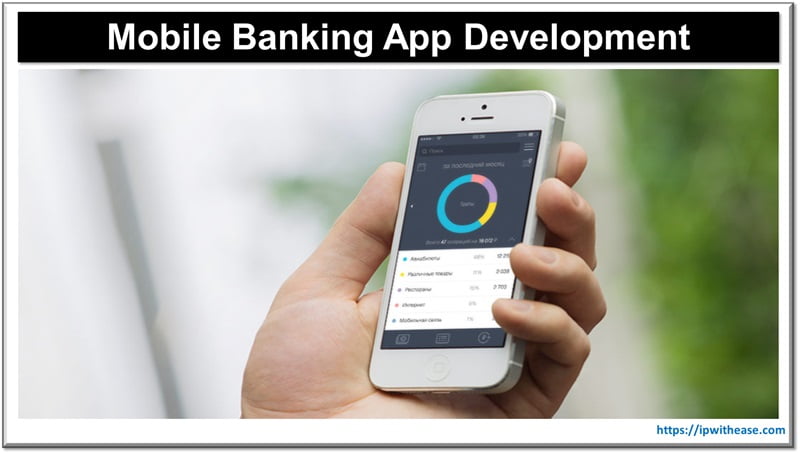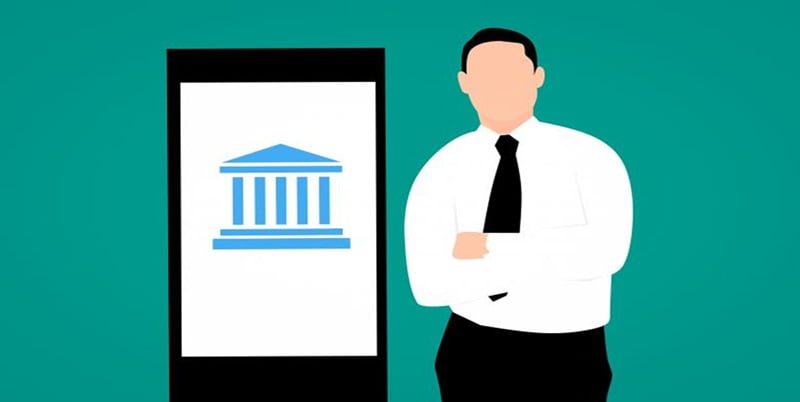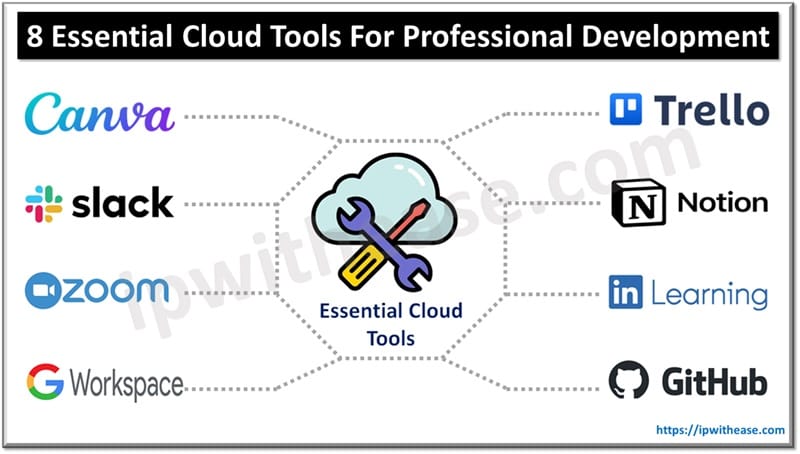Table of Contents
The digital transformation in banking has revolutionized how we manage our finances, making mobile banking apps an essential component for any modern financial institution. As banks pivot towards offering robust mobile solutions, here’s your essential guide to developing a top-tier mobile banking app:

Technical Considerations
To build a successful mobile banking app, start with a strong technical foundation. First choose a reliable tech stack that supports scalability, high performance, and is compatible with cloud for banking solutions. Leveraging cloud technology ensures that your app can handle increasing numbers of users and transactions smoothly while providing flexibility and scalability for future growth.
Take care of compatibility. Make sure the application is compatible across various devices and operating systems. This includes different versions of iOS and Android, as well as varying screen sizes and resolutions.
Regulatory Compliance
Adhering to regulations and ensuring data protection is non-negotiable in mobile banking:
Financial Regulations
Stay updated with financial regulations that apply to your region or operating area. This ensures that your app complies with legal requirements and avoids costly penalties.
Data Protection
Implement secure authentication methods such as multi-factor authentication (MFA) and ensure end-to-end data encryption to protect user information.
UI/UX Design
An intuitive and seamless user experience is crucial for user retention:
- User Interface: Design a clean and user-friendly interface that makes navigation easy. A well-thought-out UI, supported by HTML5 development services, helps users accomplish their banking tasks efficiently. HTML5 provides advanced capabilities for creating responsive and interactive elements that enhance the overall interface.
- User Experience: Conduct usability testing to refine the app’s design and functionality. Gather feedback from real users to identify pain points and make necessary improvements.
Related: HTML4 vs HTML5
Backend Infrastructure
A solid backend is the backbone of your mobile banking app. Invest in a robust backend infrastructure that supports real-time transactions and ensures smooth operations. This infrastructure should handle high volumes of transactions without delays. Ensure that your backend integrates seamlessly with existing banking systems and databases. This integration is essential for maintaining consistency and accuracy in financial data.
Best Practices
Maintaining and improving your mobile banking app is an ongoing process. Regularly update the app to fix bugs, patch security vulnerabilities, and add new features. These updates help keep the app secure and relevant. Continuously monitor app performance and user feedback. Use analytics tools to track usage patterns and identify areas for improvement.
Top 10 Features Every Mobile Banking App Should Have

In today’s competitive banking environment, a feature-rich mobile app is not just a luxury but a necessity. Whether you’re a bank looking to enhance your mobile offerings or a user seeking the best features, here’s a rundown of the Top 10 Features Every Mobile Banking App Should have to deliver a superior user experience:
- Account Management
Users should be able to easily view account balances, and transaction history, and manage multiple accounts all in one place. This basic functionality ensures that users have a clear overview of their financial status at any time. - Fund Transfers
Seamless transfers between accounts and to other banks are essential. This feature should be quick, secure, and straightforward, enabling users to move money with minimal hassle. - Mobile Check Deposit
Offering the convenience of depositing checks using the phone’s camera saves users a trip to the bank. This feature enhances the app’s utility and aligns with modern banking expectations. - Bill Payments
Allow users to schedule and pay bills directly from the app. This feature helps streamline financial management and ensures timely payments, which is crucial for avoiding late fees. - Security Features
Incorporate multi-factor authentication, biometric login (such as fingerprint or facial recognition), and encryption to protect user data and transactions. Security is a top priority in mobile banking, and robust measures are necessary to build trust. - Customer Support
Providing in-app chat support or easy access to customer service is vital for addressing user queries and issues promptly. This feature enhances customer satisfaction by offering immediate assistance. - Budgeting Tools
Include features to track spending, set budgets, and analyze financial habits. These tools help users manage their finances more effectively and make informed financial decisions. - Alerts and Notifications
Keep users informed with real-time alerts for transactions, account activities, and other important updates. This feature helps users stay on top of their finances and detect any unusual activity quickly. - ATM Locator
Help users find nearby ATMs or branch locations with ease. This feature enhances convenience, especially for users who need to access cash or visit a branch frequently. - Integration with Digital Wallets
Support integration with popular digital wallets like Apple Pay, Google Wallet, or Samsung Pay. This feature adds convenience and aligns with the growing trend of digital payment solutions.
Conclusion
Developing a successful mobile banking app involves a careful balance of technical proficiency, regulatory compliance, user-centric design, and robust infrastructure. By addressing these key considerations and adhering to best practices, banks can create a mobile banking experience that not only meets but exceeds user expectations. In an increasingly competitive digital landscape, a well-developed mobile app can significantly enhance customer satisfaction, streamline banking operations, and drive growth.
ABOUT THE AUTHOR
IPwithease is aimed at sharing knowledge across varied domains like Network, Security, Virtualization, Software, Wireless, etc.



